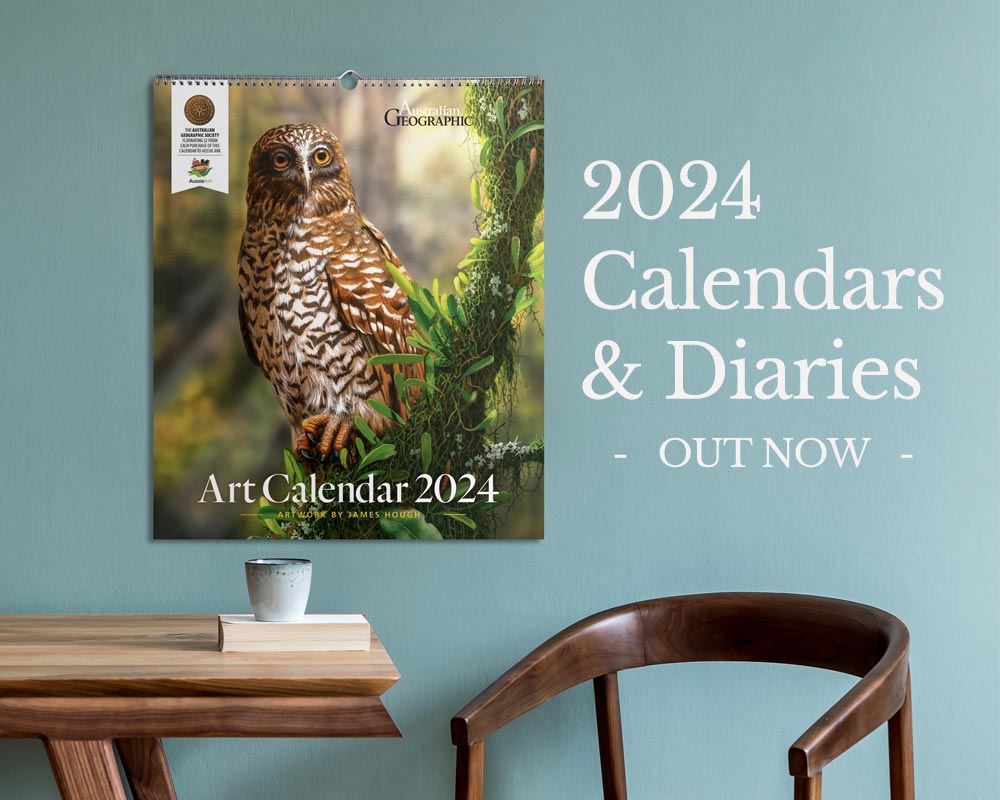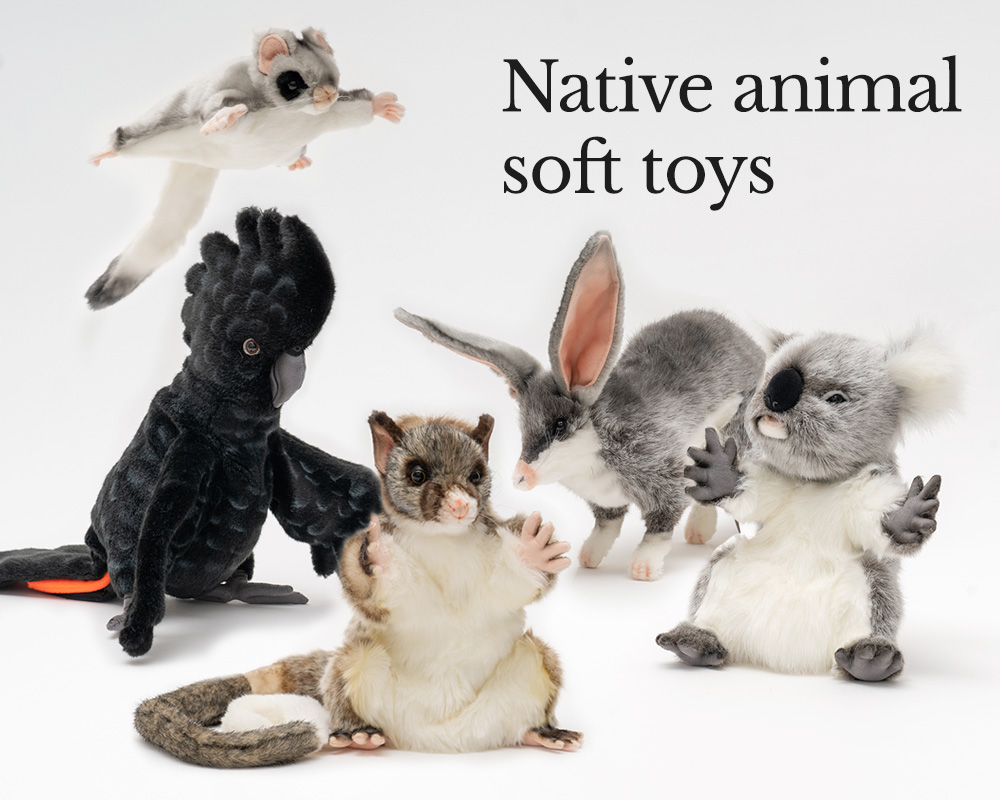AG Nature Photographer of the Year 2021: Animal habitat shortlist

A tree dreaming
Galah (Eolophus roseicapillus)
Strzelecki Desert, South Australia
In the Strzelecki Desert of Australia, a flock of galahs replenish on the only water available at the base of this lonely tree. It’s a rare photo opportunity to get such a clear and symmetrical shot of these beautiful birds in flight, in the middle of the desert.
Canon T4i, Canon 135mm, 1/250, f/10, ISO 200
Photo Credit: Christian Spencer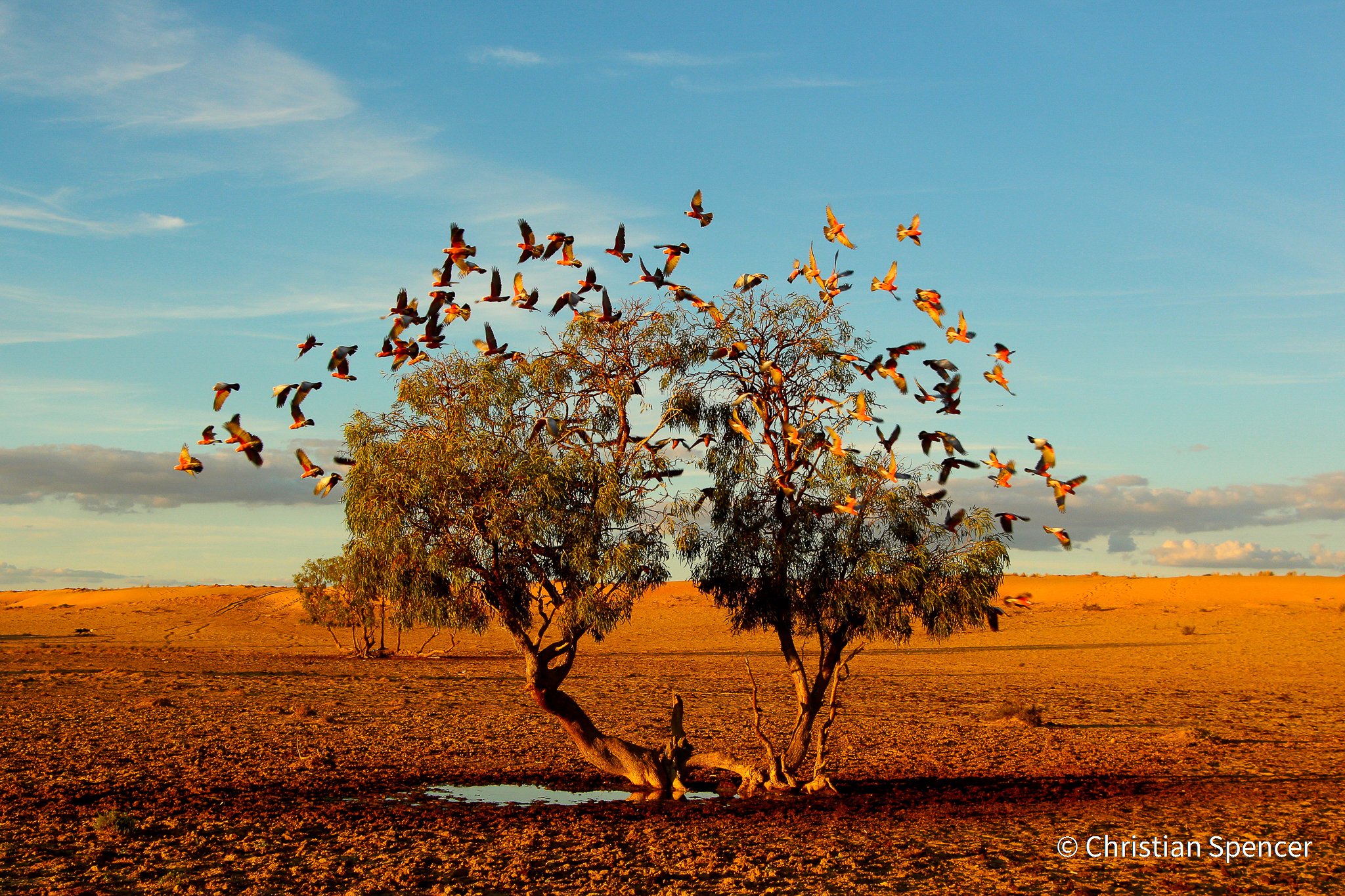
Outback mirage
Eastern grey kangaroo (Macropus giganteus)
Mallee region, north-western Victoria
A surreal moment of a kangaroo magically walking on water in the pink lakes of the mallee. I saw a kangaroo in the middle of the lake and he made a run for it as I walked towards him. I managed to capture a harmonic shot of him in full flight.
Canon T4i, Canon 135mm, 1/1250, f/14, ISO 400
Photo Credit: Christian Spencer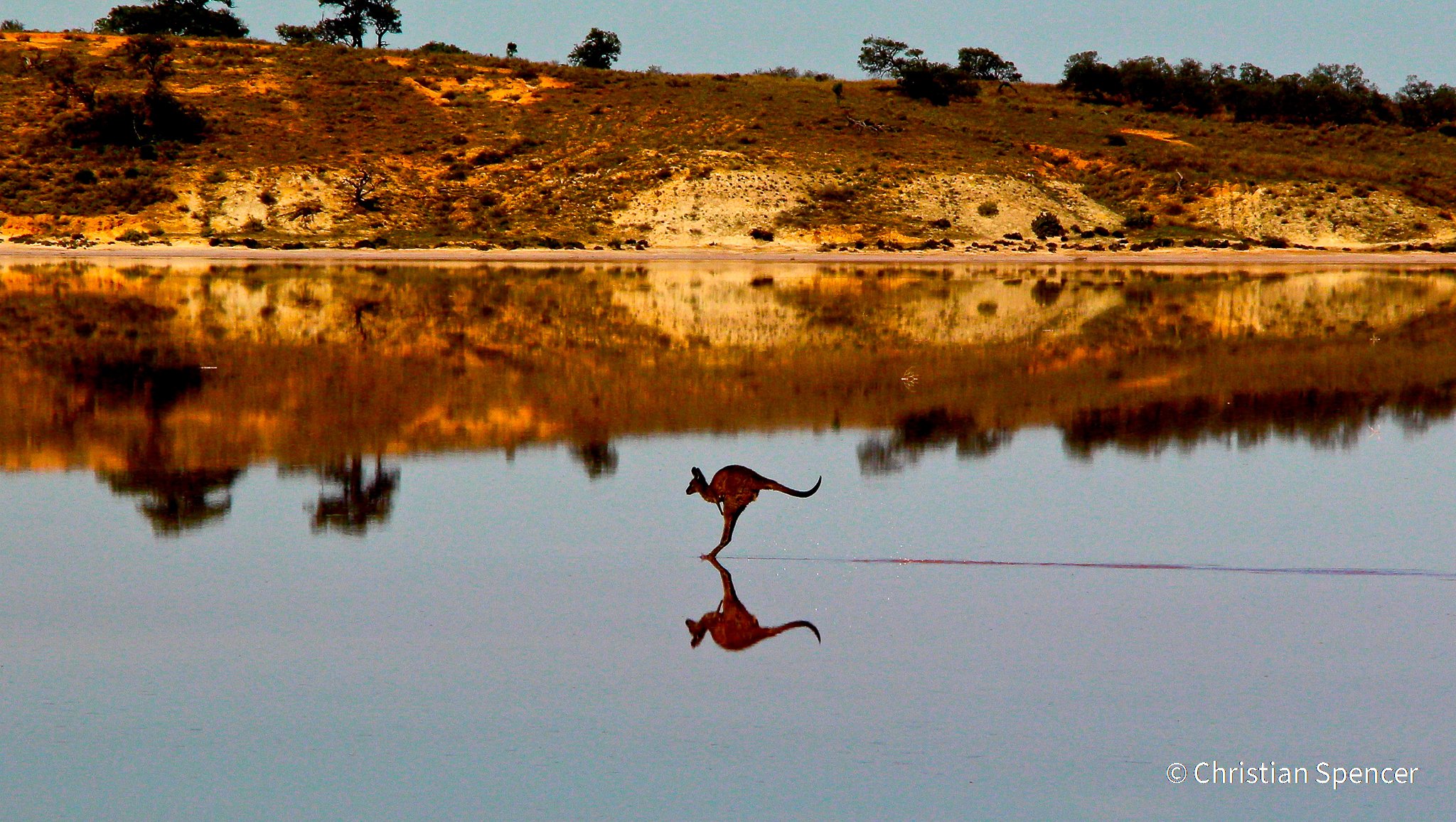
The Mythical Platypus
Platypus (Ornithorhynchus anatinus)
Don River, Devonport, Tasmania
Floating early morning in my inflatable hide, I noticed these out-of-focus specular highlights lighting up while shooting into the sun. This platypus was busy foraging, repeatedly diving down and coming back up for air. I positioned myself with the platypus between me and the sun, creating this dreamy image.
Sony A9, Sony 400mm f/2.8 GM, 1/1000, f/5.6, ISO100, taken from a floating hide, camera mounted onto an Fotopro E-6H Eagle Series gimbal head on the hide’s inflatable raft
Photo Credit: Daniel van Duinkerken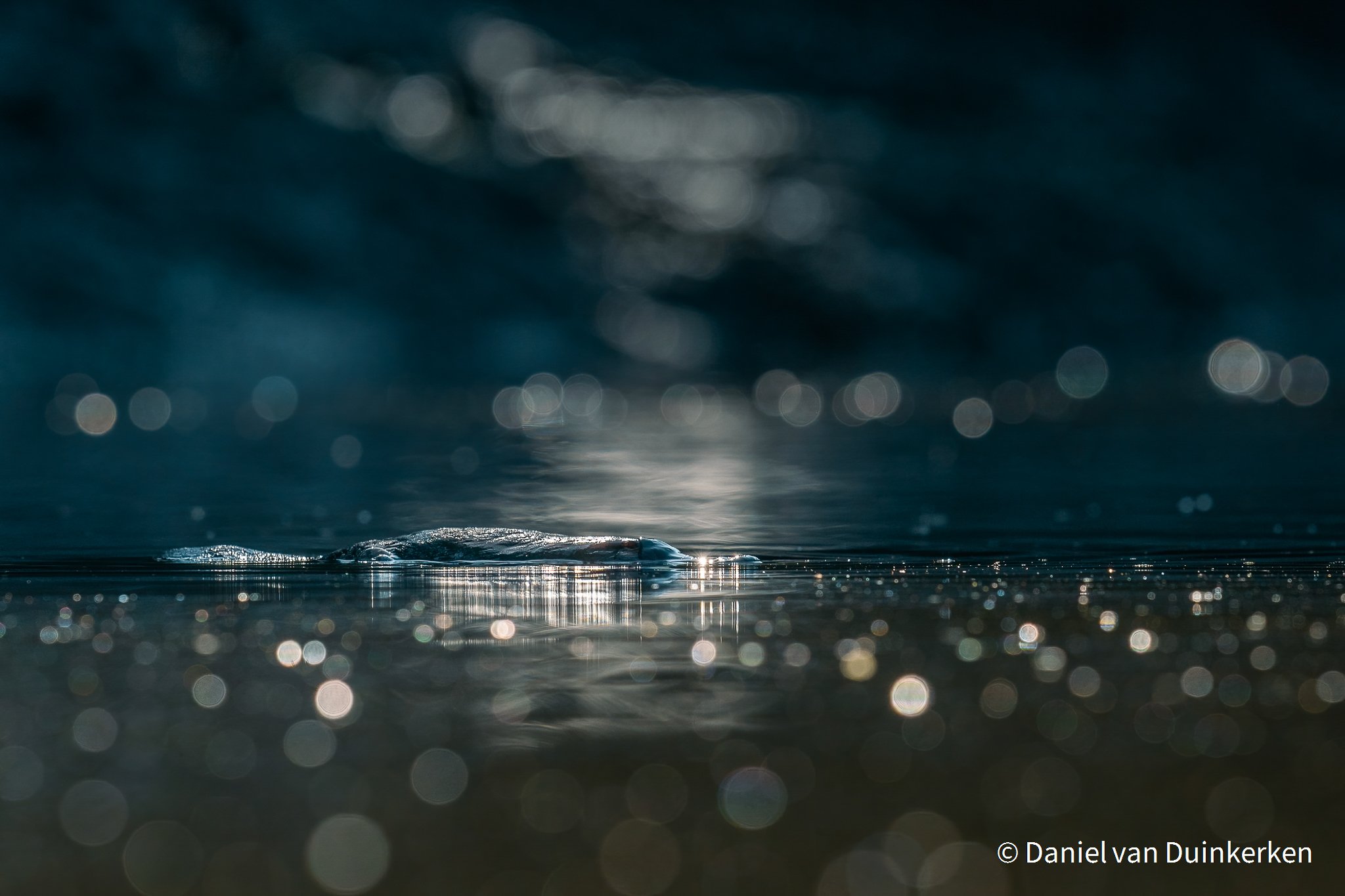
Stilted Reflections
Pied stilt (Himantopus leucocephalus)
Bremer Bay, Western Australia
I was at a location overlooking these pied stilts feeding in shallow waters when the wind died and the sunset cast incredible reflections. I changed to a 100–400mm lens and zoomed out to capture as much of the stilts ‘walking in the clouds’ as I could.
Canon EOS-1D X Mk III, Canon EF 100–400mm f/4.5–5.6L IS II USM, 1/1000, f/8, ISO 1600, handheld
Photo Credit: Georgina Steytler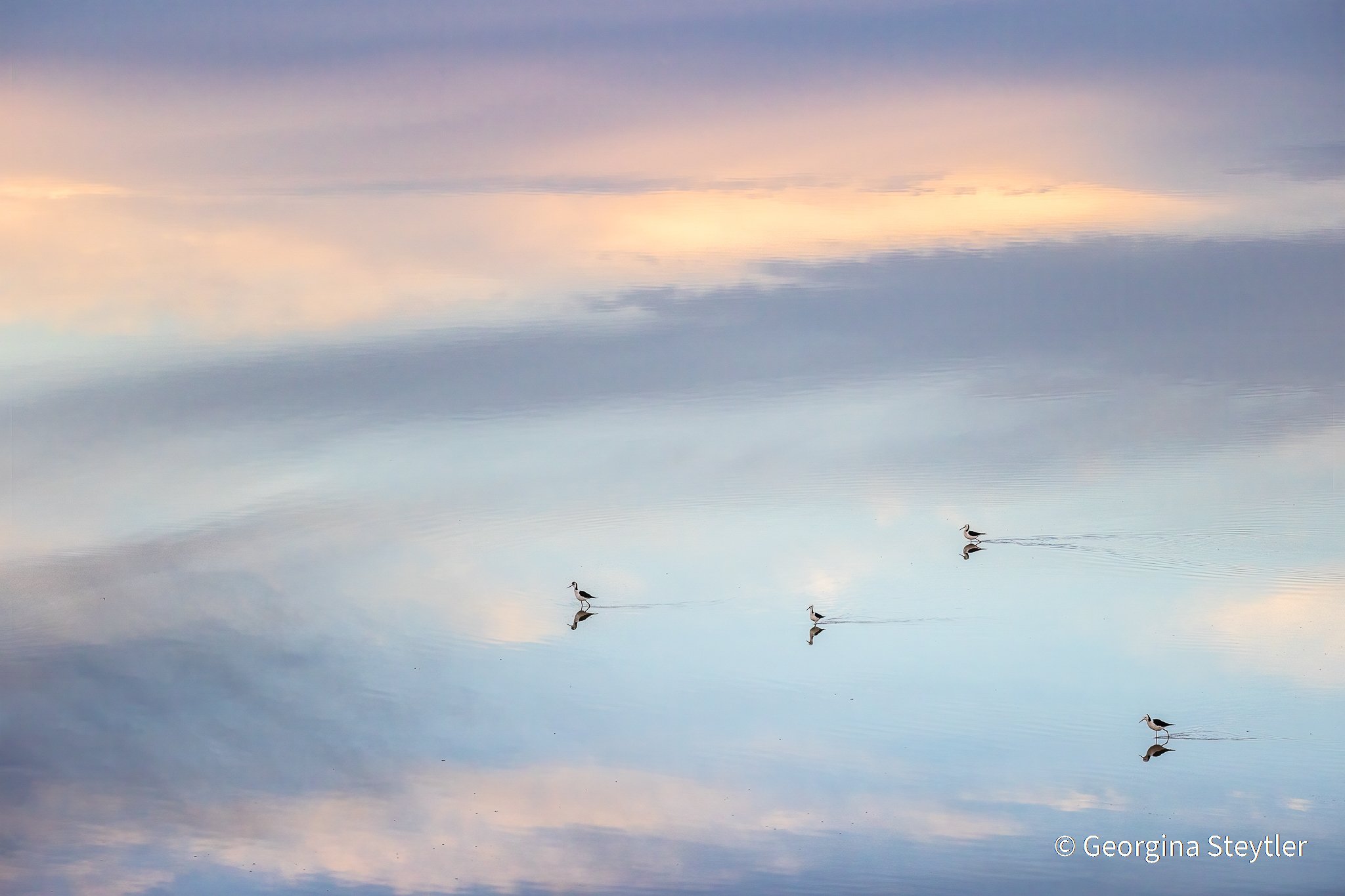
Jupiter’s Spider
Lake Bonney, Barmera, South Australia
A spider hunting at night, silhouetted by the largest planet (defocused) in our Solar System, Jupiter. The distance between the spider and Jupiter is a mere 825 million kilometres. You can see a few flies for his next meal and the planet Saturn below Jupiter.
Sony a7iii, Sony 85mm 1.8, 2.5, f/1.8, ISO 10 000, tripod
Photo Credit: William Godward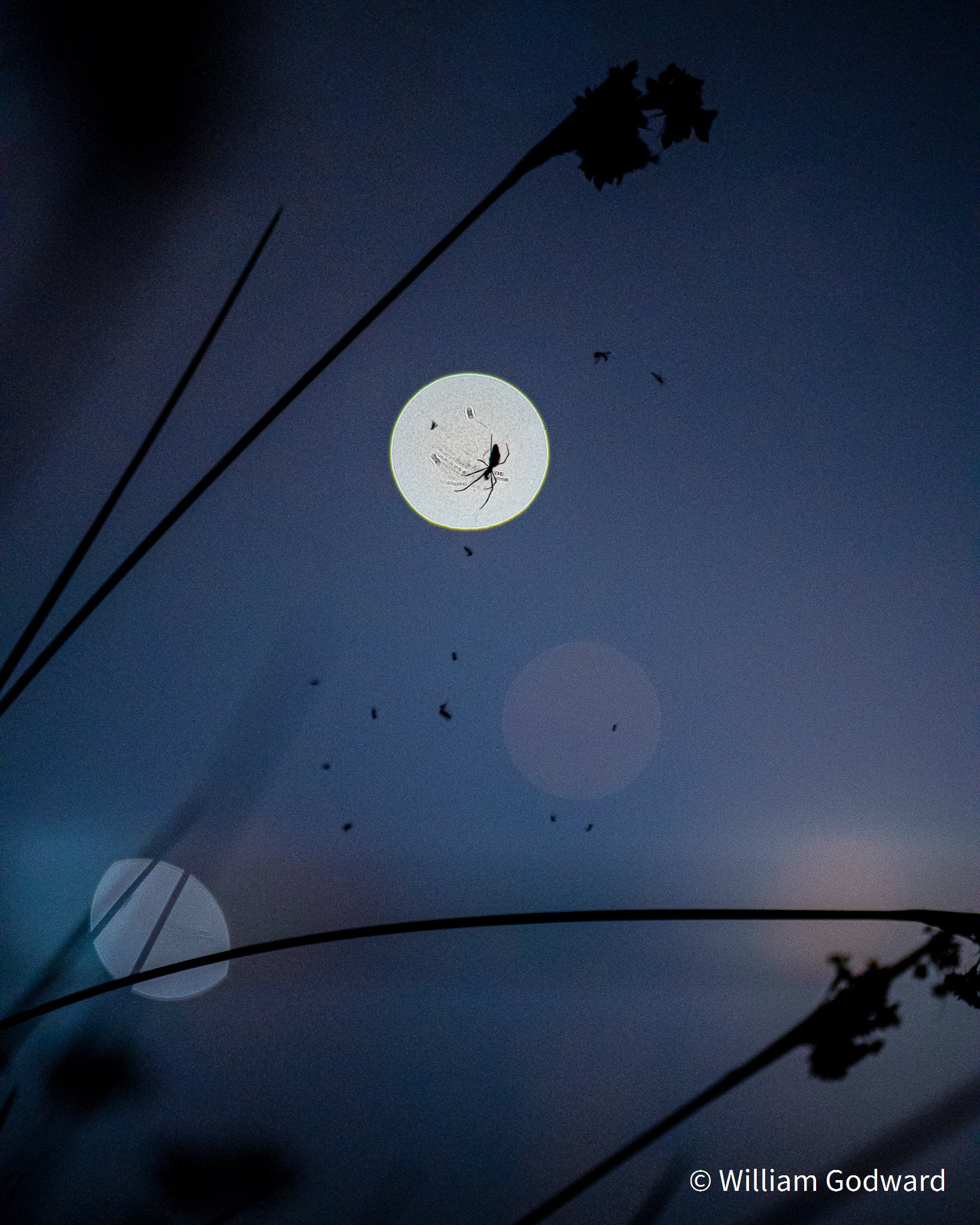
The Storm
Leopard shark (Stegostoma fasciatum)
Julian Rocks Nguthungulli Nature Reserve, New South Wales
I believe Julian Rocks Nguthungulli Nature Reserve to be one of the best places in the world to observe leopard sharks in the wild. That day’s stormy sea made for unique photography conditions with the white sand swirling around the sharks and the sharks themselves somewhat swirling too.
Canon 5DSR, Canon EF 14mm f/2.8L II USM lens, 1/200, f/9.0, ISO 400, twin Inon Z240 strobes
Photo Credit: David Robinson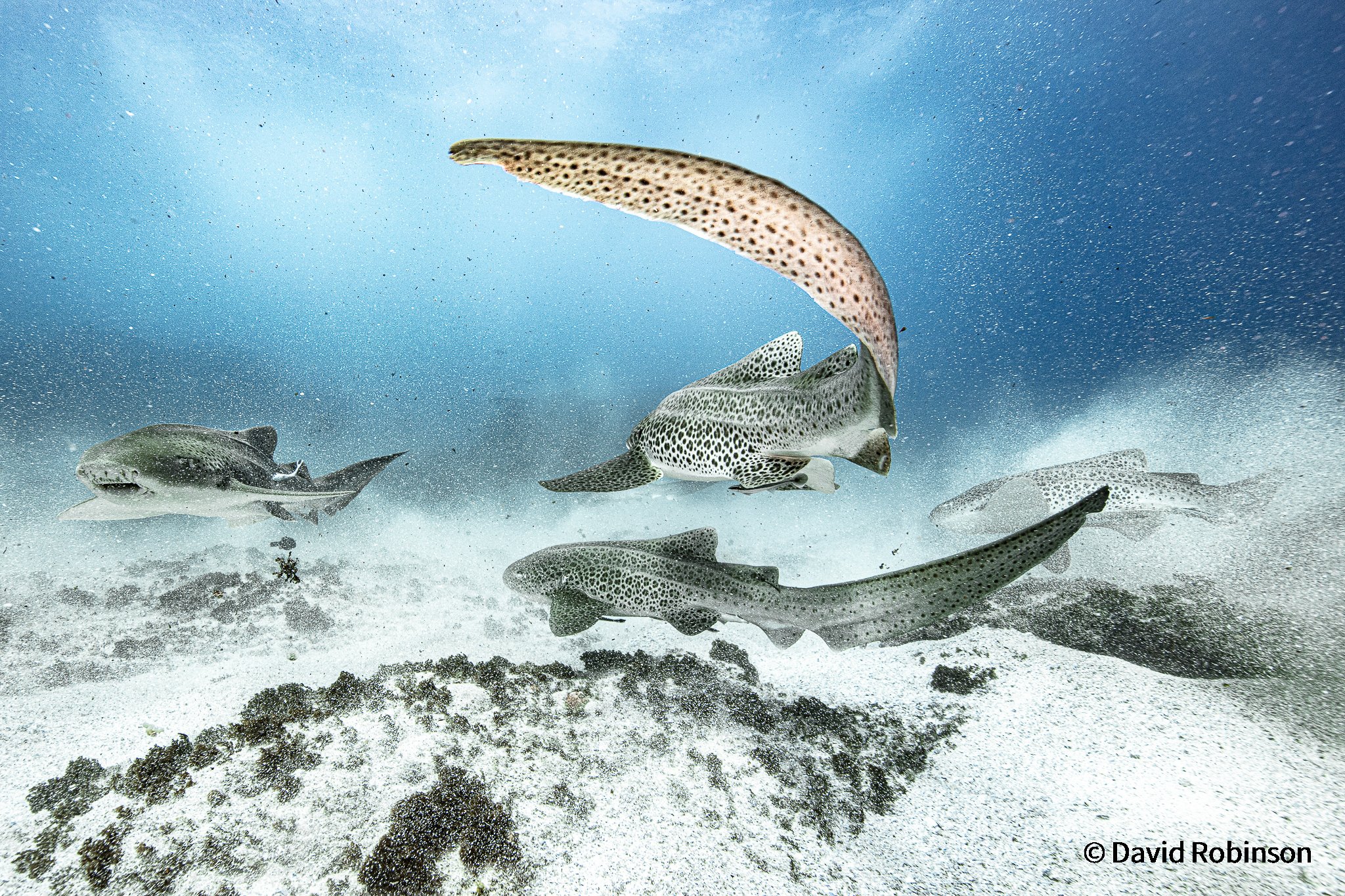
Moody Mulga
Mulga snake (Pseudechis australis)
Near Rankins Springs, New South Wales
At the end of a blisteringly hot 45°C day conducting research, I visited a farm dam to see if any animals were having a drink or cooling off. Along a heavily eroded section of dam wall I stumbled across this majestic snake – an adult mulga in excellent condition.
Canon EOS 5D Mk III, Canon EF16–35mm f/4L IS USM, 1/20, f/9.5, ISO 500, single, diffused on-camera flash, handheld
Photo Credit: Kristian Bell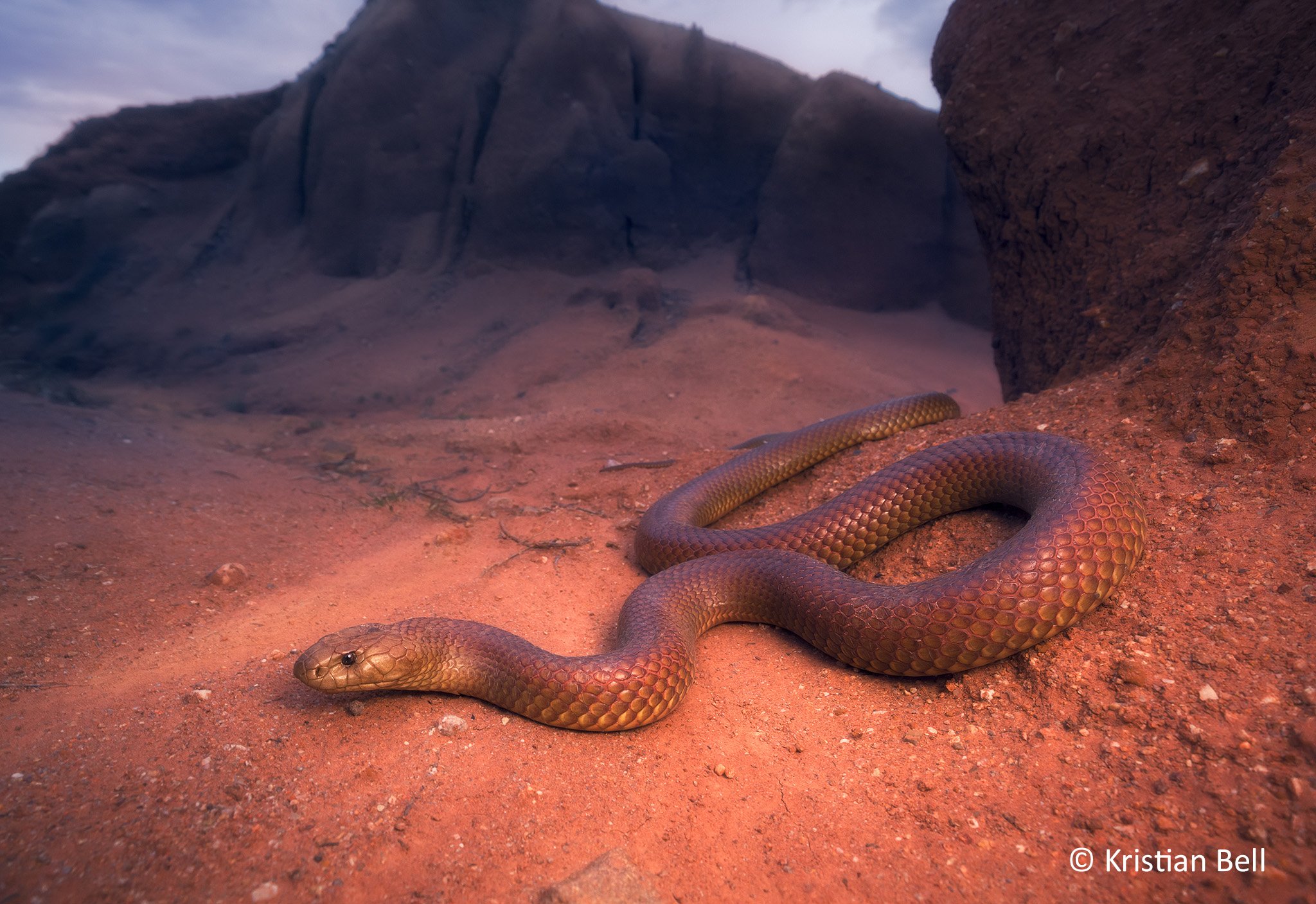
Splash of Colours
Wilson’s bird of paradise (Diphyllodes respublica)
Pulau Waigeo, Indonesia
As the first light travels through the rainforest’s canopy, a splash of colours appear. Known for their elaborate mating dances, the Wilson’s bird of paradise is one of the most colourful animals on the planet. Its quirky, handlebar mustache-shaped tail feathers are brilliantly iridescent and reflect light that contrasts against the dark jungle.
Olympus OM-D E-M5, Panasonic 100–300mm f/4–5.6, 1/100, f/5, ISO 3200, handheld
Photo Credit: Kevin De Vree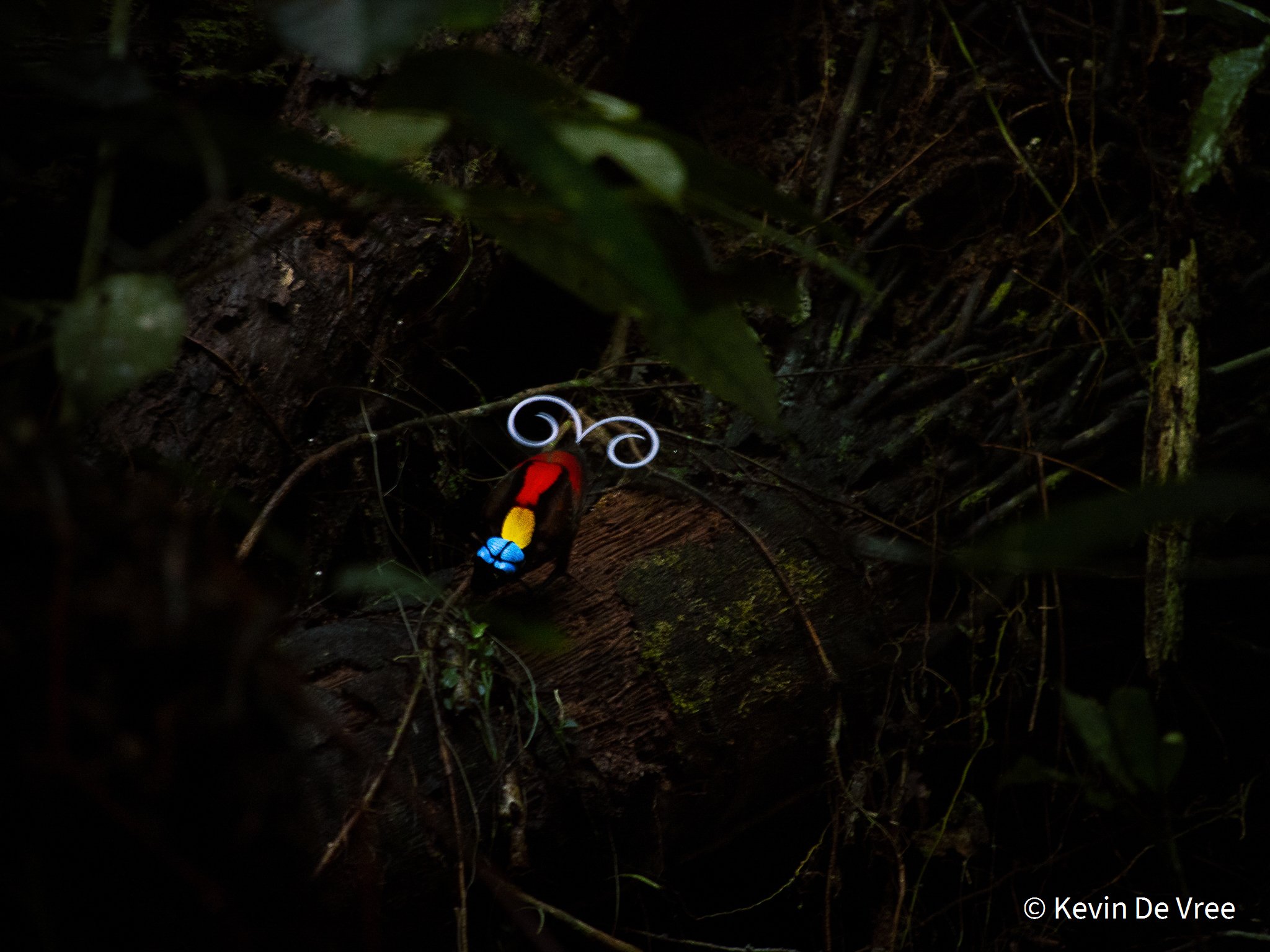
Night-light
Bioluminescent fungi (Mycena chlorophos), barred frog (Mixophyes fasciolatus)
Tamborine mountain, Queensland
My photography skills were tested by this magical scene. A long exposure with added flash was used to achieve the perfect lighting for this photo. Both the bioluminescent fungi and barred frog are lovers of rain, making the recent weather perfect for capturing this photo.
Nikon D850, Tamron 15–30mm f/2.8, 30, f/9, ISO 1250, off camera flash, tripod
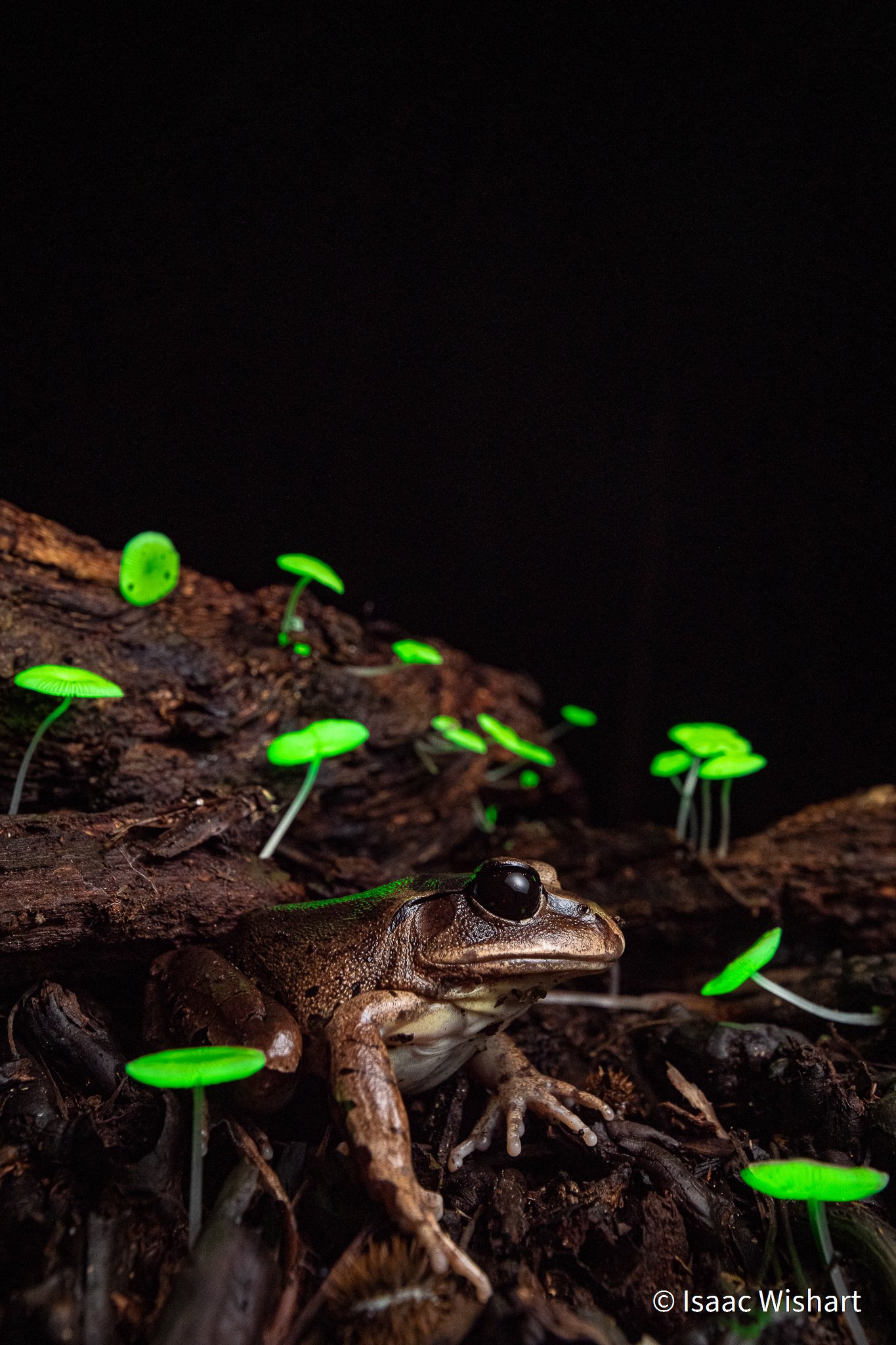
Family Portrait
Daddy-long-legs spider (Pholcus phalangioides)
Beaumaris, Victoria
Daddy-long-legs spiders are found across Australia, successfully spinning their webs in our homes, garages and sheds. This family caught my eye when I was looking for something in the garage. I halted my search and grabbed my camera to take a family portrait.
Nikon D7100, Nikon AF Nikkor 24–120mm 1:3.5–5.6D, 1/80, f/16, ISO 800, UV filter, LED portable worklight, tripod
Photo Credit: Peter Baxter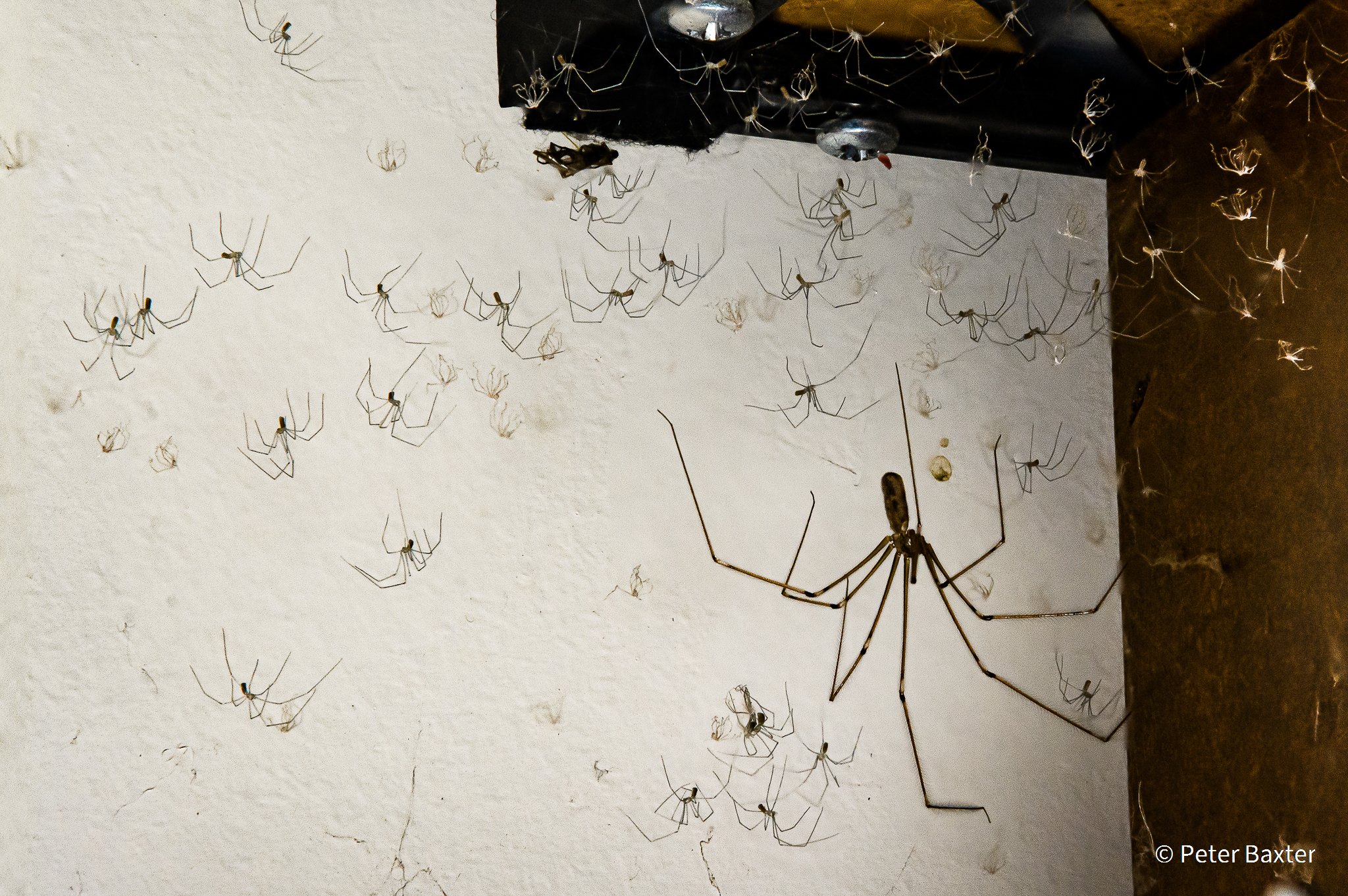
Goby in a Bottle
Yellow pygmy-goby (Lubricogobius exiguus)
Lembeh Strait, Sulawesi, Indonesia
Rubbish lying on the bottom of the ocean is not always a bad thing, it can make good habitat for marine life. Discarded bottles have become a popular habitat for the yellow pygmy-goby. In areas such as Lembeh Strait they are more frequently found in bottles than their natural habitat.
Canon EOS 7D, Canon EF 100mm f/2.8 macro USM, 1/250, f/16, ISO 200, 2 x Inon S2000 strobes, handheld
Photo Credit: Mary Gudgeon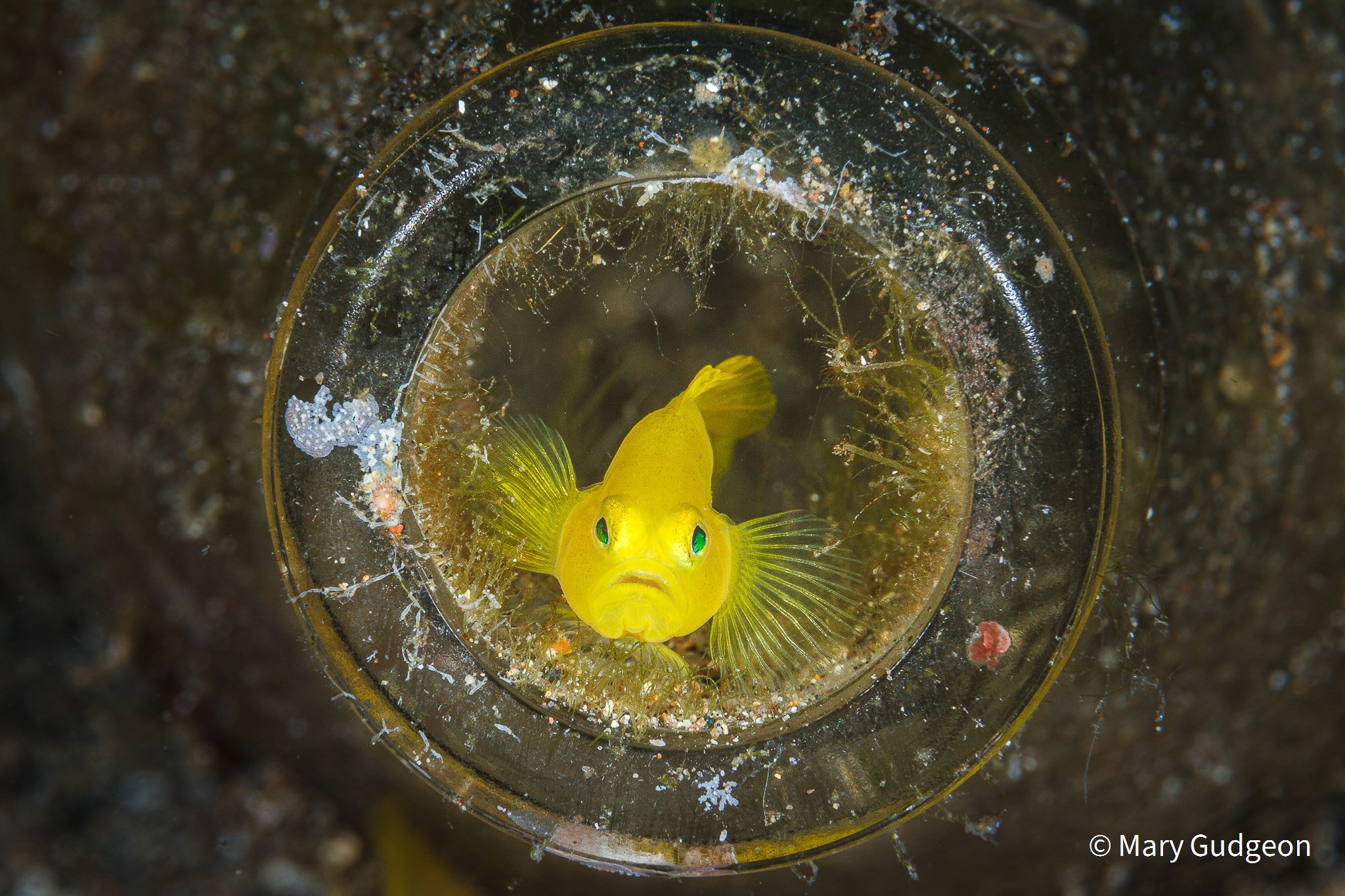
Octopus’s playground
Pale octopus (Octopus pallidus)
Elsas Reef, Port Phillip Bay, Victoria
Household and commercial waste is a common sight beneath the surface of Port Phillip Bay. Just metres from Rye Pier, among a landscape of discarded bicycles, metal grates, and shopping trolleys, a colony of shy but curious pale octopuses have made this artificial reef of discarded objects their home.
Nikon D300, Tokina 10–17mm f3.5–4.5 17mm, 1/160, f/9.0, ISO 200, single Inon Z240 strobe, Nauticam underwater housing, handheld, shot on scuba at a depth of approximately 6m
Photo Credit: Rachel Price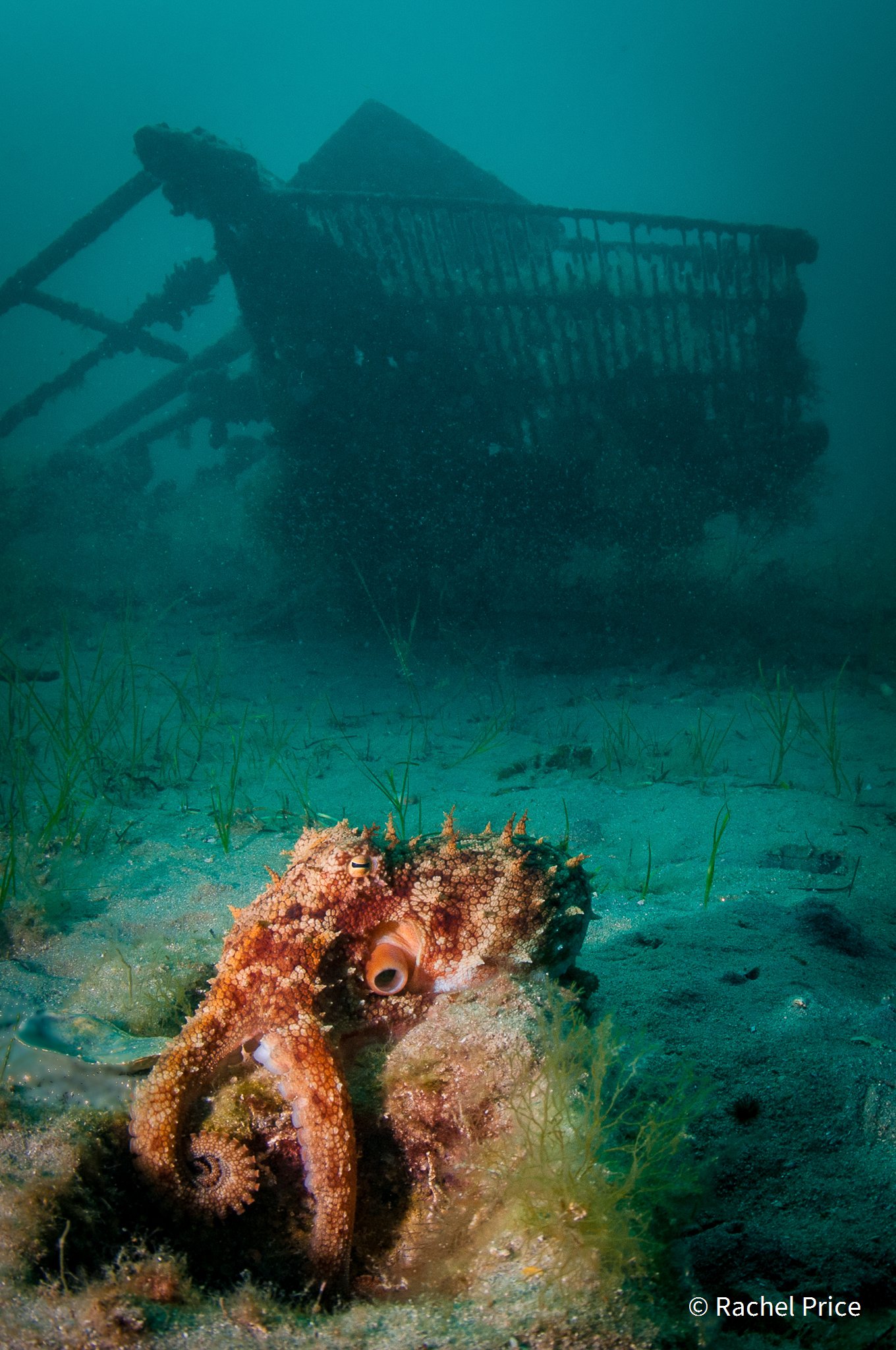
A home among the toiletries
Zebra finch (Taeniopygia guttata)
Arid Recovery Reserve, Roxby Downs, South Australia
A male zebra finch guards his nest while the female is out foraging. This pair of finches has made their nest on a shower bench, among an array of toiletries and cleaning products. In the desert, good nesting real estate is difficult to find!
Canon 5D Mk IV, Canon EF 24–70mm f/2.8L II USM, 1/125, f/10, ISO 500, Canon Speedlite 600EX-RT with diffuser, handheld
Photo Credit: Jasmine Vink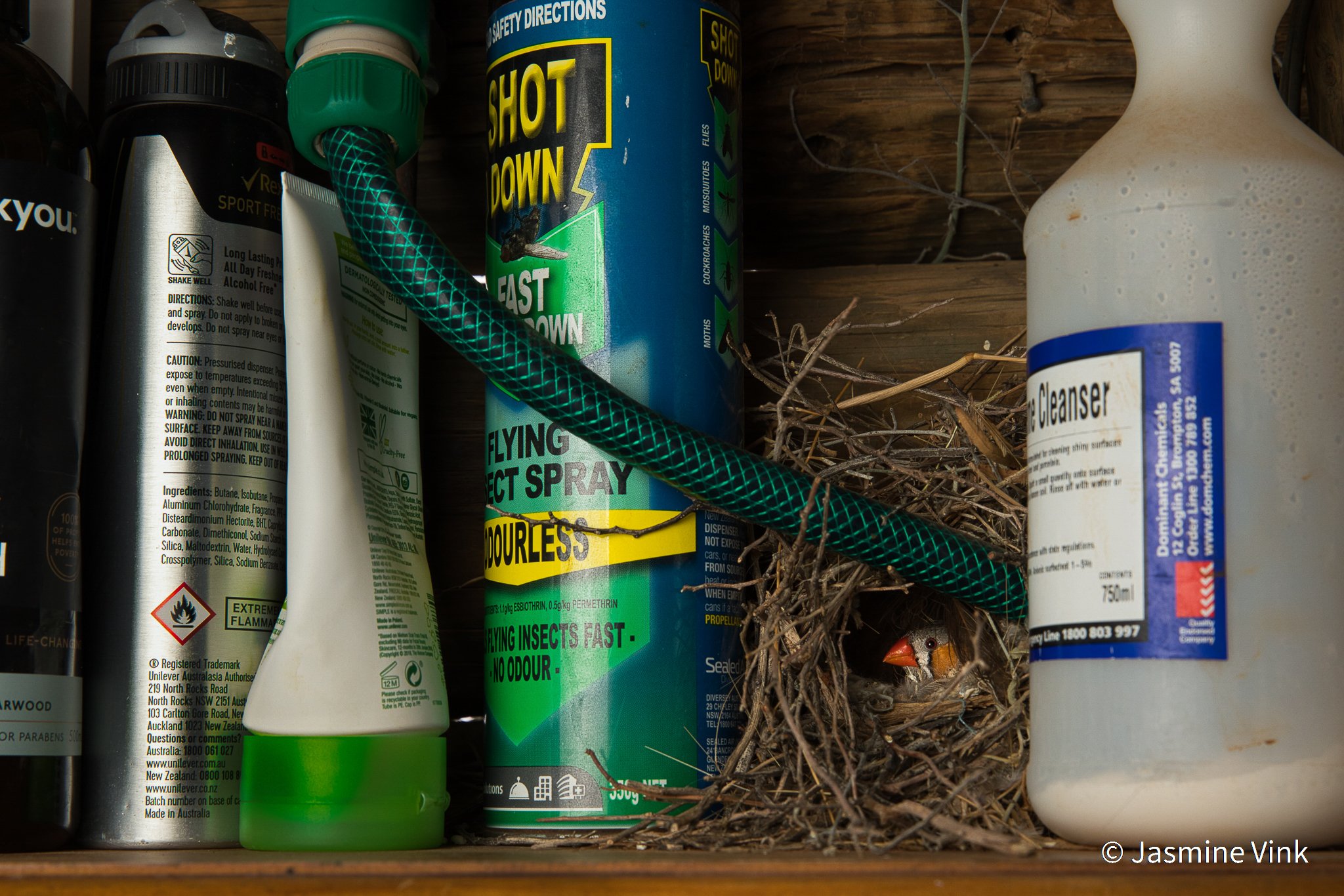
Comb-crested Jacana
Comb-crested jacana (Irediparra gallinacea)
Lily Creek Lagoon, Kununurra, Western Australia
A beautiful Kimberley sunrise produced soft pastel colours on Lilly Creek Lagoon. Being able to photograph these unique birds at water level whilst they walk the lily pads in search of prey was definitely a highlight of my Kimberley trip.
Canon 1DX II, EF 600mm f/4L IS II USM + EF Extender 1.4x III, 1/1600, f/7.1, ISO 3200, manual exposure, handheld
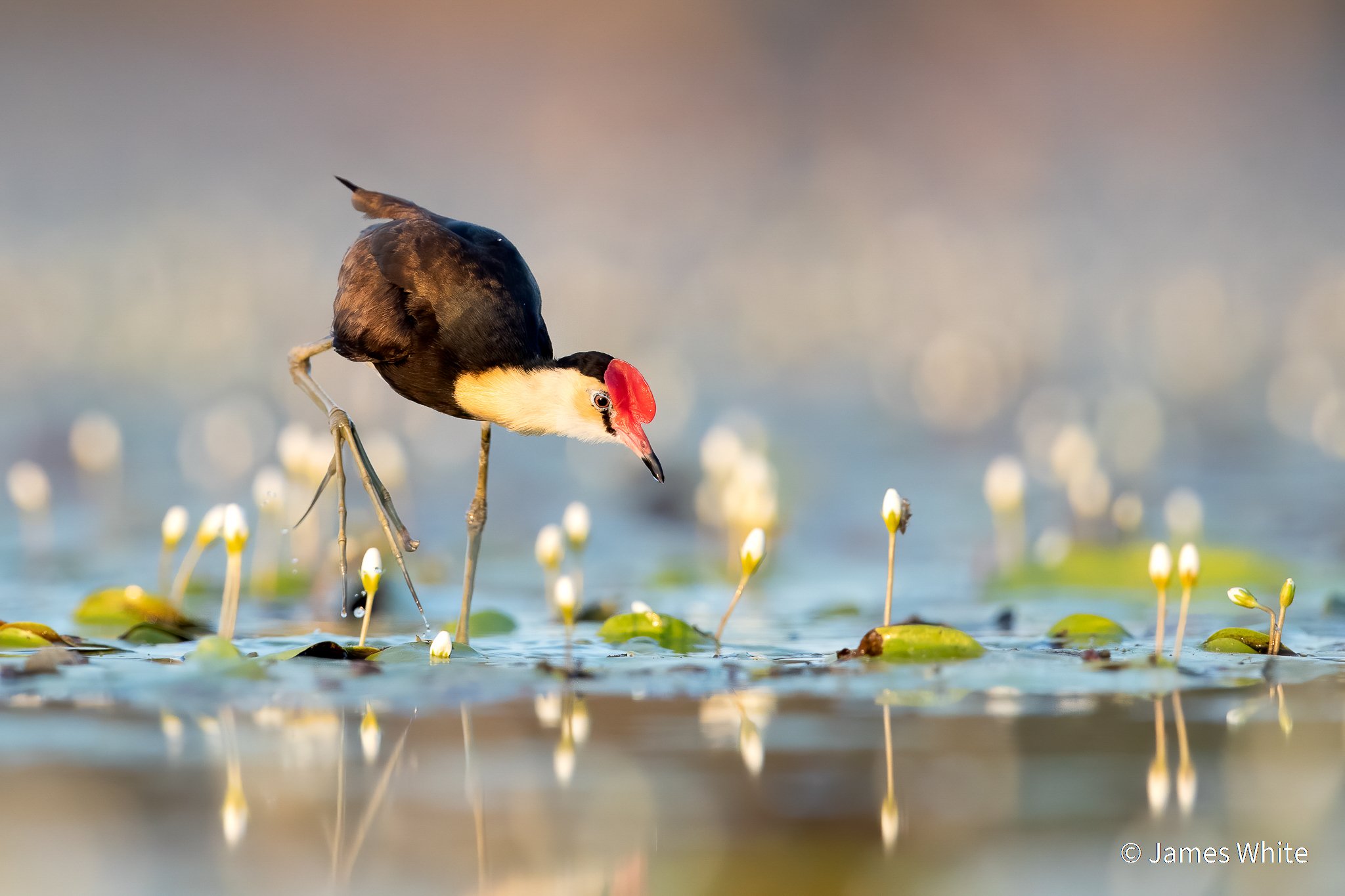
Tracks
Southern Arnhem Land, Northern Territory
This picture was captured at 2000 feet above the intertidal floodplains between the Roper and Limmen Bight Rivers on the remote shores of the Gulf of Carpentaria. The floodplain is punctuated by water buffalo tracks meandering to and from the island. Look closer and you may find water buffaloes basking in mud wallows.
Fuji GFX 100, GF 110mm f/2, 1/2700, f/4.5, ISO 160, handheld, captured from a Cessna 210 at 2000 feet
Photo Credit: Tim Wrate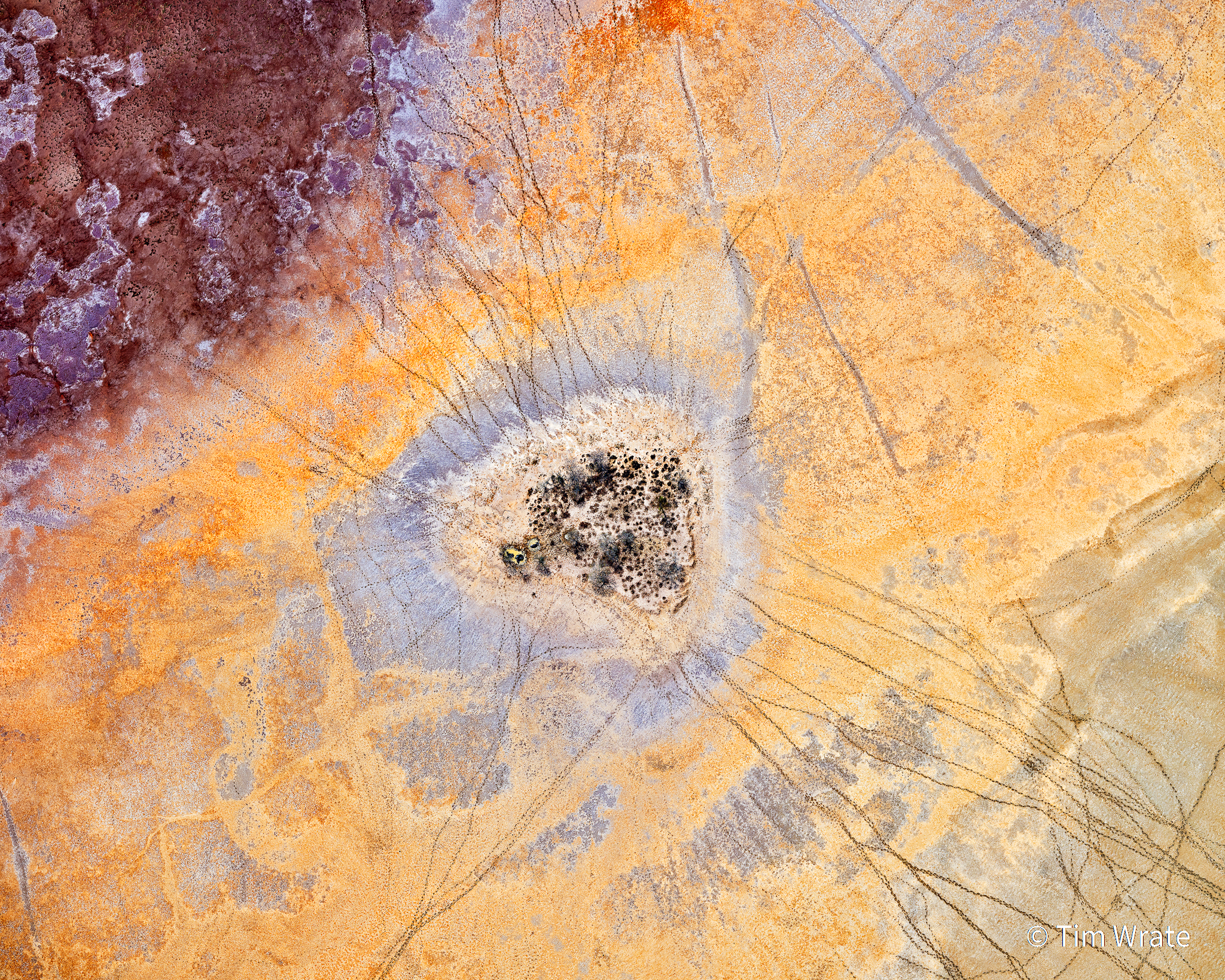
Home Topics Wildlife AG Nature Photographer of the Year 2021: Animal habitat shortlist

